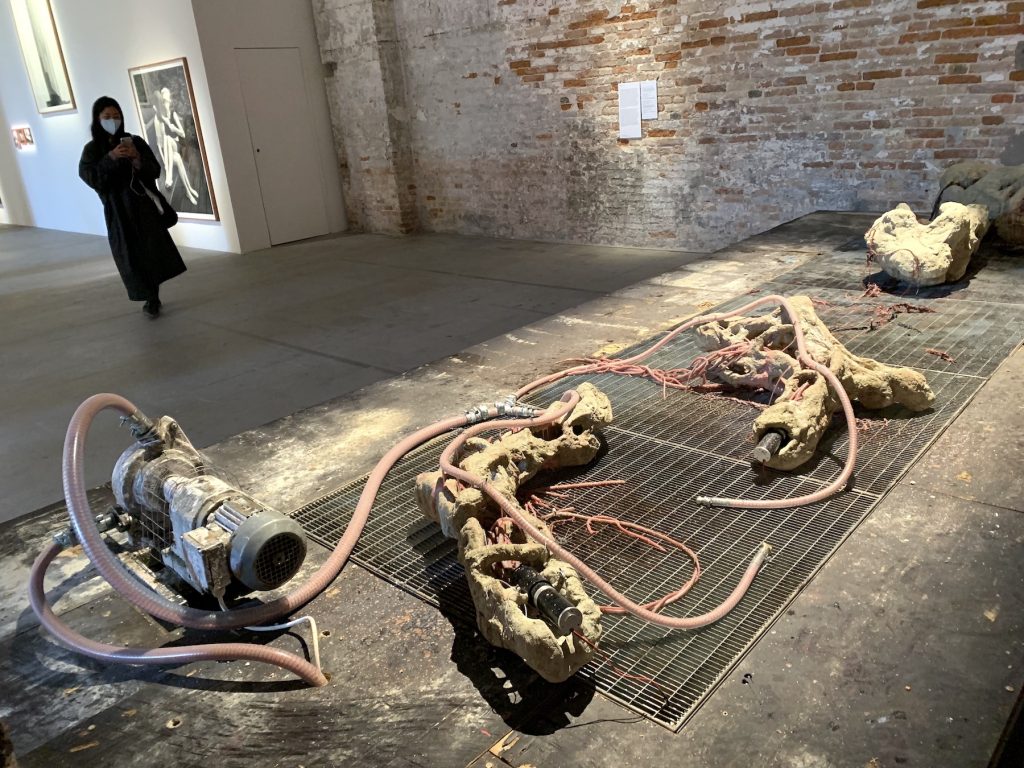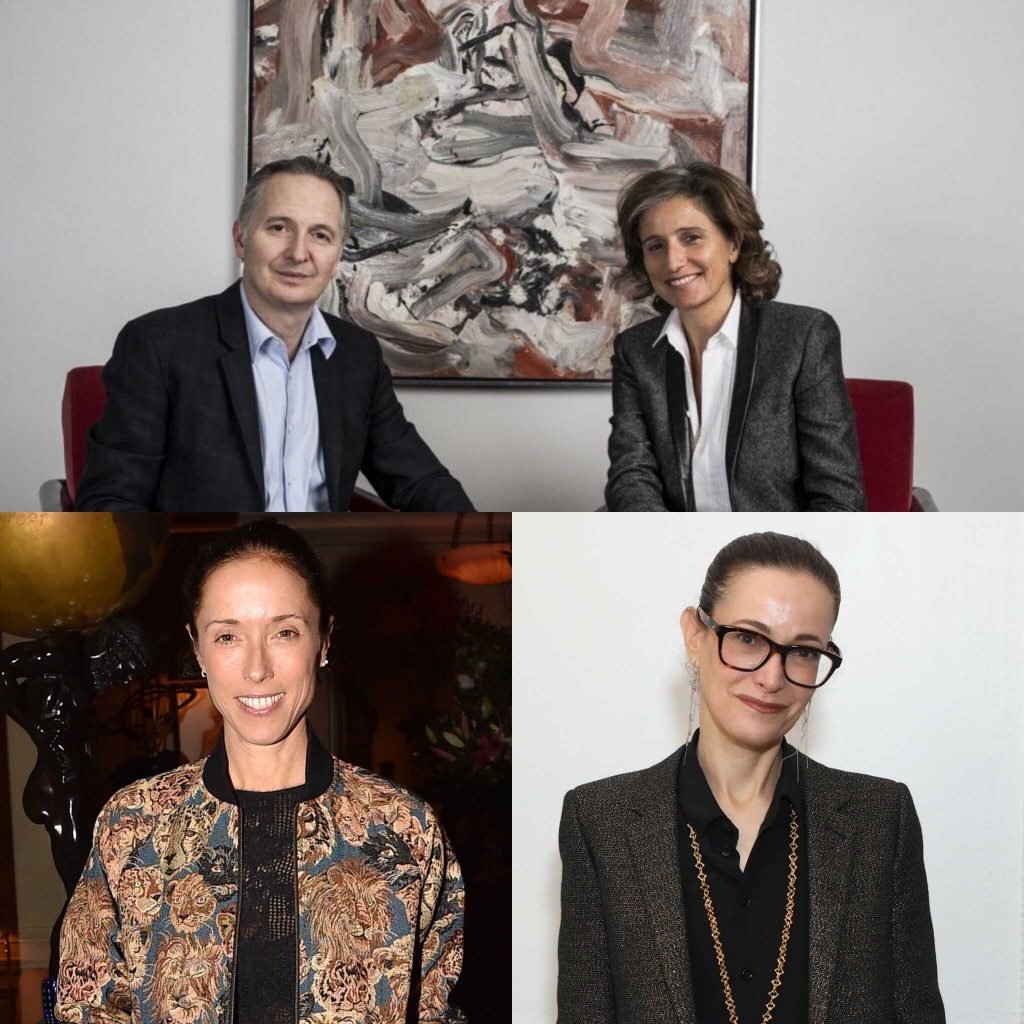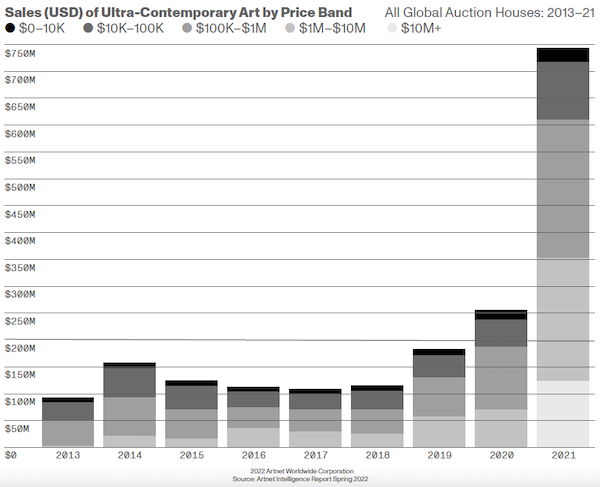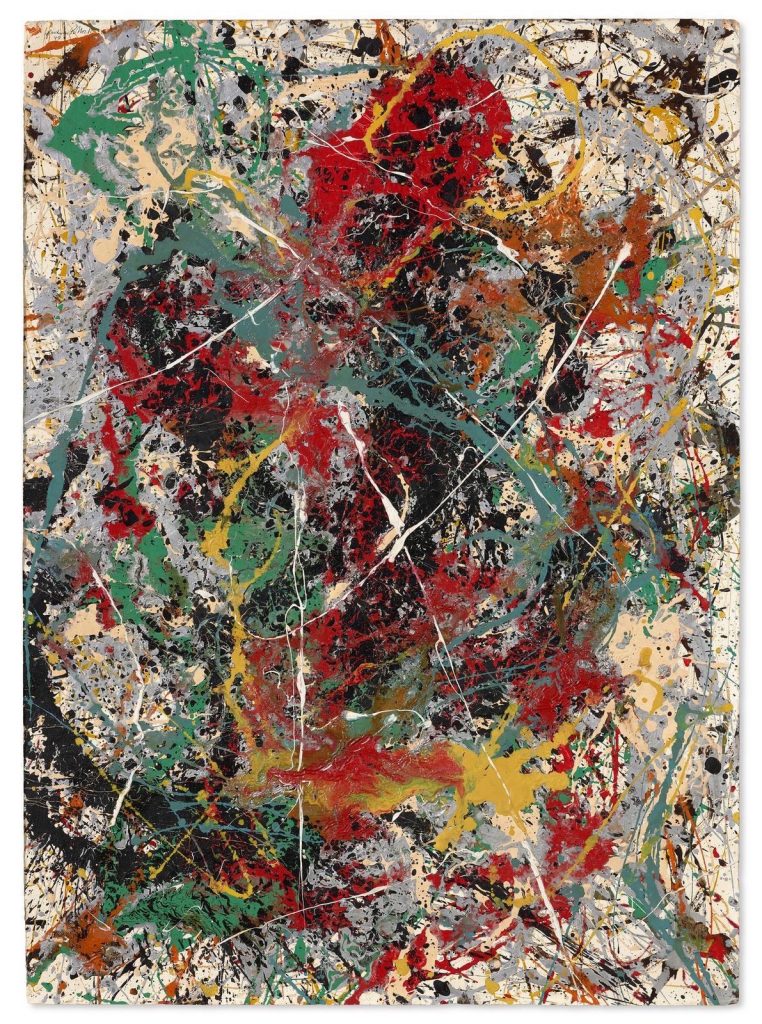The Back Room
The Back Room: Pavilions and Profits
This week: Venice Biennale business etiquette, LGDR’s head-scratching artist list, spring auction anchor lots ahoy!, and much more.

This week: Venice Biennale business etiquette, LGDR’s head-scratching artist list, spring auction anchor lots ahoy!, and much more.

Tim Schneider

Every Friday, Artnet News Pro members get exclusive access to the Back Room, our lively recap funneling only the week’s must-know intel into a nimble read you’ll actually enjoy.
This week in the Back Room: Venice Biennale business etiquette, LGDR’s head-scratching artist list, spring auction anchor lots ahoy!, and much more—all in a 6-minute read (1,750 words).
__________________________________________________________________________

Works by Mira Lee in Cecelia Alemani’s “The Milk of Dreams.” Photo by Ben Davis.
Is the Venice Biennale the world’s most prestigious art fair? Not exactly, but La Serenissima’s grand exhibition plays a pivotal role in the trade nonetheless.
It isn’t just for the love of art that galleries and private donors frequently shoulder the significant costs of biennale-bound artists’ participation, including shipping and insuring major works, renting and staffing Venetian exhibition spaces for six months, and hosting numerous lavish luncheons, dinners, and aperitivi. Industry players from around the globe also expect their generosity to yield tangible benefits.
To be rewarded in this game, however, you must respect the nuances. Fortunately, Janelle Zara assembled a longform guide to market conduct along the canals, which we published in time for the vernissage this Tuesday. Below is a crib sheet of four key principles.
“The first rule of sales at the Venice Biennale is that we don’t talk about sales at the Venice Biennale,” Zara wrote. Yet there’s a difference between choosing your words carefully and refusing to do business. The balancing act has just become more difficult recently.
Until 1973, the biennale maintained an actual sales office to connect buyers and dealers. This in-your-face infrastructure disappeared from subsequent editions, but organizers still made sure to note which dealer(s) represented each artist’s work on the exhibition labels.
Biennale leadership deemed even that practice too crude as of the 2019 show, and the tacit ban is poised to remain going forward. So acquisition-minded attendees now have to do the research themselves (though we already put together the full list of representing galleries for this year’s edition here).
Whether in the pavilions or the central exhibition, several of the works in Venice are unavailable because they are performance-based (see: the Lithuanian Pavilon’s Sun & Sea (Marina) and Anne Imhoff’s Sex, which won Golden Lions in 2019 and 2017, respectively). Many others are off the market because they are on loan from institutions, such as the copious pieces by deceased artists in Cecelia Alemani’s “The Milk of Dreams” this year.
The rare works that are for sale tend to be too monumental, ambitious, and expensive for anyone but apex collectors to pursue. Martin Puryear’s sculptures in the 2019 U.S. pavilion, for example, were each priced between $1.5 million and $4 million. No wonder the landing spots for several past biennale purchases have been private museums owned by the likes of François Pinault, Peter Brant, and Jochen Zeitz.
Securing work by a major artist at the biennale often means demonstrating a longstanding interest in their practice first, with “interest” measured in time, attention, and/or ancillary expenditures. Eventual owners of a work sometimes position themselves early by sponsoring the artist’s presentation.
Case in point, Milan-based collector Sveva D’Antonio of Collezione Taurisano first expressed a desire to buy the 2017 Italian Pavilion’s video installation by Adelita Husni-Bey nearly a year before it debuted. Her pre-existing relationships with the artist, gallery, and curator helped grease the wheels.
This isn’t just because of the factors above, or because the memory of seeing an artist’s work in Venice can spur collectors to buy subsequent works even years later. It’s also because dealers and artists are smart enough to make related projects available on the biennale’s market-friendly periphery.
One example is Swiss Pavilion star Latifa Echakhch, who is showing sculptures “loosely related to her Venice presentation” at an ongoing solo show at Pace London, per senior director Karine Haimo. More are slated for an upcoming Echakhch solo booth at Frieze New York.
__________________________________________________________________________
The 21st century has been collapsing more and more of the industry’s old boundaries every day. So it’s no surprise that the works shown in Venice invariably influence what’s sold at commercial fairs for the following two years, and that both formats thrive on a blend of social, aesthetic, and business interest unique to the art world.
Still, the sheer caliber of works and collectors at the biennale separates it from even the choicest art fair. So too do the expectations about etiquette. No matter how near or far you may be from a canal, then, don’t slip when chasing works on view in Venice.
____________________________________________________________________________

From top left: Brett Gorvy and Dominique Lévy, Jeanne Greenberg Rohatyn, and Amalia Dayan.
The latest Wet Paint parses LGDR’s long-awaited artist list, which is divided between talent the consortium is “working with” versus “affiliated with.” Even the cerebral Adrian Piper, a Lévy Gorvy artist who made the cut, said she is “completely stumped” by the distinction between the categories.
What is clear is that more than 20 artists and estates that once had some sort of agreement with one of the old galleries are nowhere to be found on LGDR’s website—and that most of the disappeared were once connected to Salon 94.
Here’s what else made a mark around the industry since last Friday morning…
Art Fairs
Auction Houses
Galleries
Institutions
NFTs and More
____________________________________________________________________________

© 2022 Artnet Worldwide Corporation.
The Spring 2022 Artnet Intelligence Report is now live for Pro subscribers (that means you!). Among the data-driven goodies inside is a primer on the market for ultra-contemporary artists (our term for artists born after 1974), whose works have soared to dramatic new heights at auction lately.
____________________________________________________________________________
“It would be very easy for us to sell off all of his paintings in order to, you know, take care of our expenses. It is more important for us to hold on to those paintings… And so if the exchange for that is to sell licensed goods, we are O.K. with that.”
—Jeanine Heriveaux on the strategy guiding the standalone exhibition “King Pleasure” and the entire Jean-Michel Basquiat estate, which she oversees in partnership with sister Lisane Basquiat and stepmother Nora Fitzpatrick. (Artnet News Pro)
____________________________________________________________________________

Jackson Pollock, Number 31 (1949). Image courtesy Christie’s.
____________________________________________________________________________
Estimate: $45 million
Selling at: Christie’s, New York
Sale date: May 12
Could a Jackson Pollock drip painting about the same size as a typical Hollywood movie poster break the artist’s auction record? We’ll find out in about six weeks, when Christie’s leads the New York edition of its 20th century evening sale with Number 31.
Measuring just 31 by 22 inches, the painting carries a $45 million estimate. That’s already $10 million above the rosiest presale expectation for Number 17 (1951), which went on to reset Pollock’s all-time hammer high at $61 million during the first Linda and Harry Macklowe collection sale at Sotheby’s last November.
Number 31 may not come from a collection as esteemed as the Macklowes’, but it was on view in Pollock’s retrospectives at MoMA in 1967 and 1998, and Christie’s says its current owner has held onto the painting for the past two decades. It last reached auction in May 1988 (also at Christie’s), selling for $3.5 million (the equivalent of just $8.5 million today, after adjusting for inflation).
Most surprising of all? Number 31 will be offered without a guarantee. So while we may not know the consignor’s identity (yet), we sure do know that they’re confident about the state of the market.
____________________________________________________________________________